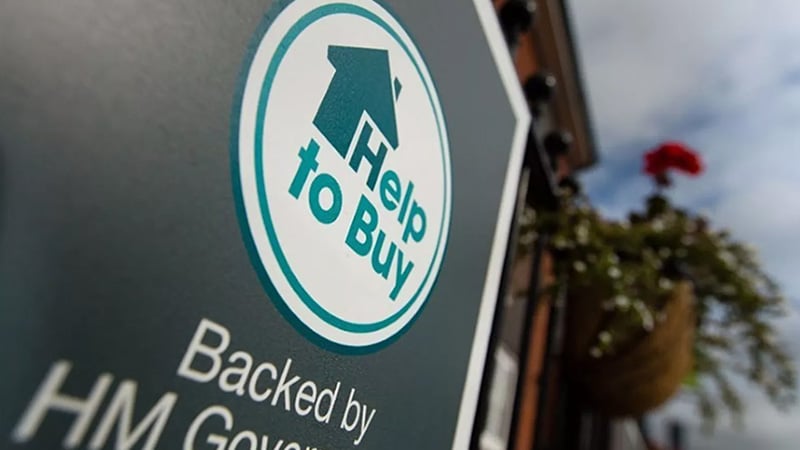
Life after Help to Buy (Views from Vida Homeloans)
March 2023 is the date set to see the end of Help to Buy. What is more, anyone looking to use this scheme must secure a property by the end of October – when Halloween is upon us. This is a scary thought, so what next for the new build sector and will it be impacted by the loss of Help to Buy?
New Builds Are Greener
Whilst demand for new build could potentially slow down, if the market cools, it won’t disappear. In fact, there is an argument that new builds will be even more appealing now because of their energy efficiencies. The Office of National Statistics (ONS) show the differences in EPC ratings of new and existing homes across England and Wales. It reports the median score for new dwellings were equivalent to band B compared with existing dwellings which were equivalent to band D.
As you would expect, new builds are more energy efficient because that is embedded at the point of construction. This will make new builds more appealing.
What Schemes Can Help?
Shared Ownership is one option, which allows clients to “buy” a share of the property, usually between 25% and 75% of the value and pay the rest in rent. Then there is the Deposit Unlock scheme, allowing clients to buy a new build with just a 5% deposit, assuming the developer permits the scheme. Then for First Time Buyers, there is the First Homes Initiative where potential borrowers receive a discount on the property from the developer, and this discount applies on the sale of the property too.
Bigger Picture
There are lots of schemes trying to fill gaps in the market, particularly for first time buyers. Of course, first time buyers are not the only people seeking new build and it could be argued that demand will not be the challenge – it will be supply.
We are seeing rising material costs which will impact profits and house builders will be rethinking their strategies. There are often disputes about where to build new properties and delays in planning permissions. But the biggest challenge appears to be supply of materials to build the homes.
The new build market is important for the mortgage market, but it will take some smart thinking “think tanks” to solve the issue, which will not be solved by a silver bullet.
New Towns v New Builds
One potential solution is to build new towns – new communities not just new homes. Sometimes new builds put pressure on an existing town infrastructure, so more new towns are a solution. Cranbrook in Devon is a good example. Its development began over a decade ago and currently has approaching 3000 homes, but the plan is for that to more than double in the next five years. It has an infrastructure with schools, pubs, shops and a railway line into Exeter and London Waterloo.
New build market, like everywhere, is experiencing change. Its importance is well documented. So fresh thinking with more new towns – especially with more hybrid working being the norm – is one such solution.
There will be plenty of life in the new build sector after Help to Buy ends; there just needs to be joined up thinking to ensure the market meets demand.
Author – Stacey Wood, New Build Sales Manager, Vida Homeloans
